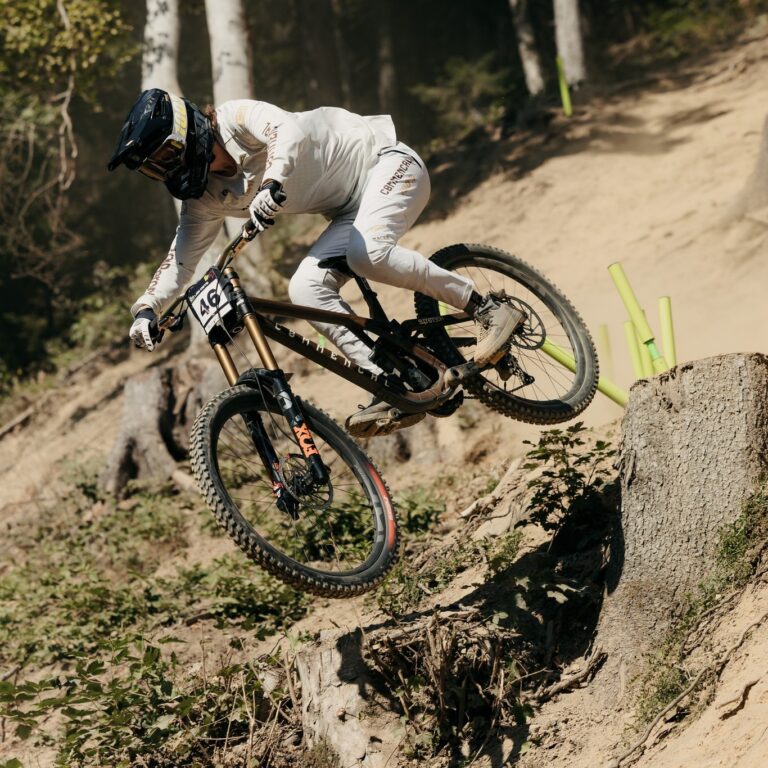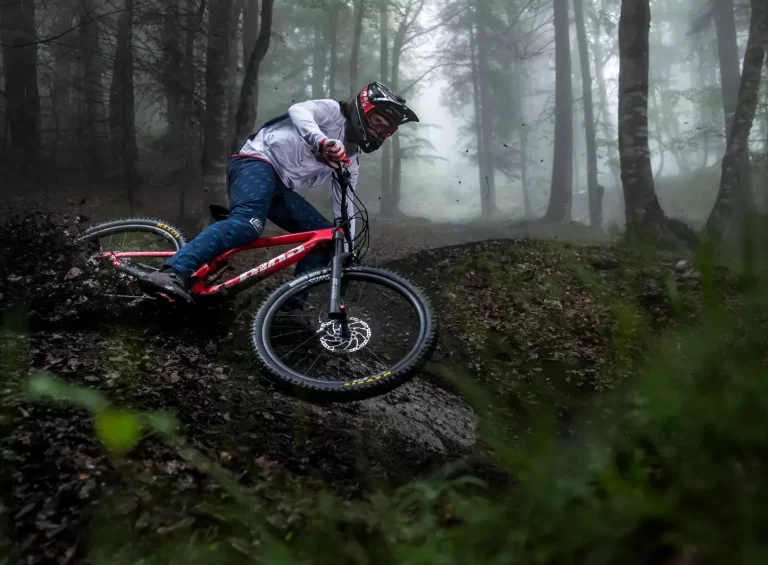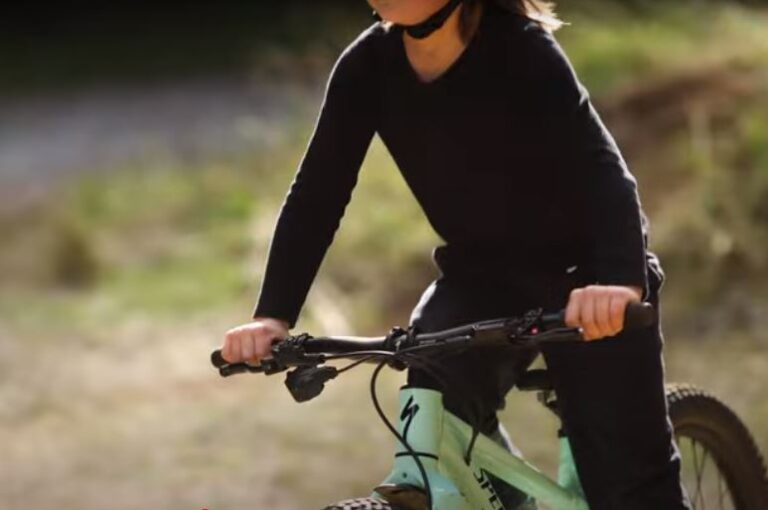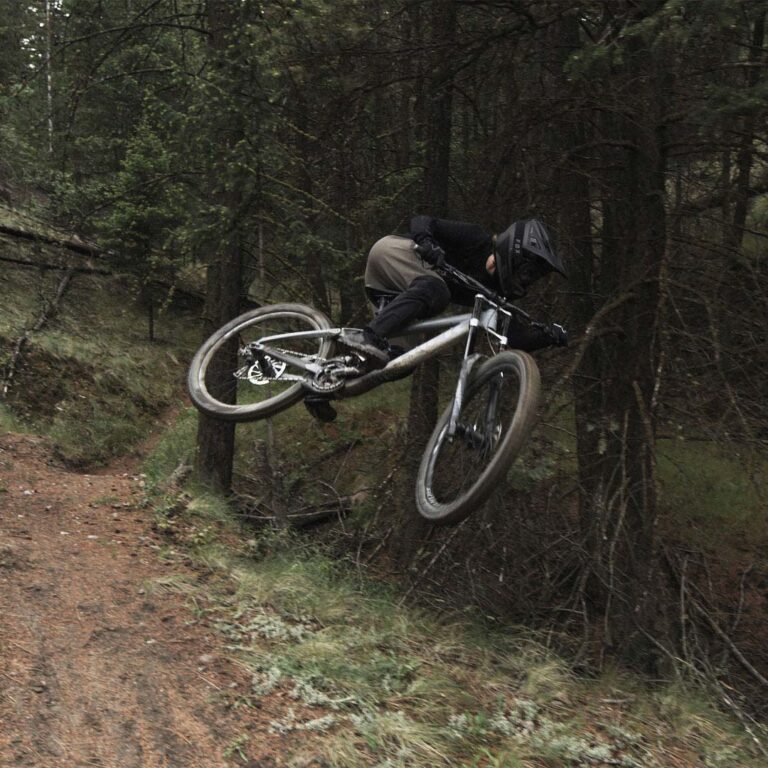Shifting Gears: A Master Cyclist’s Guide to Drivetrain Options for Enduro Bikes
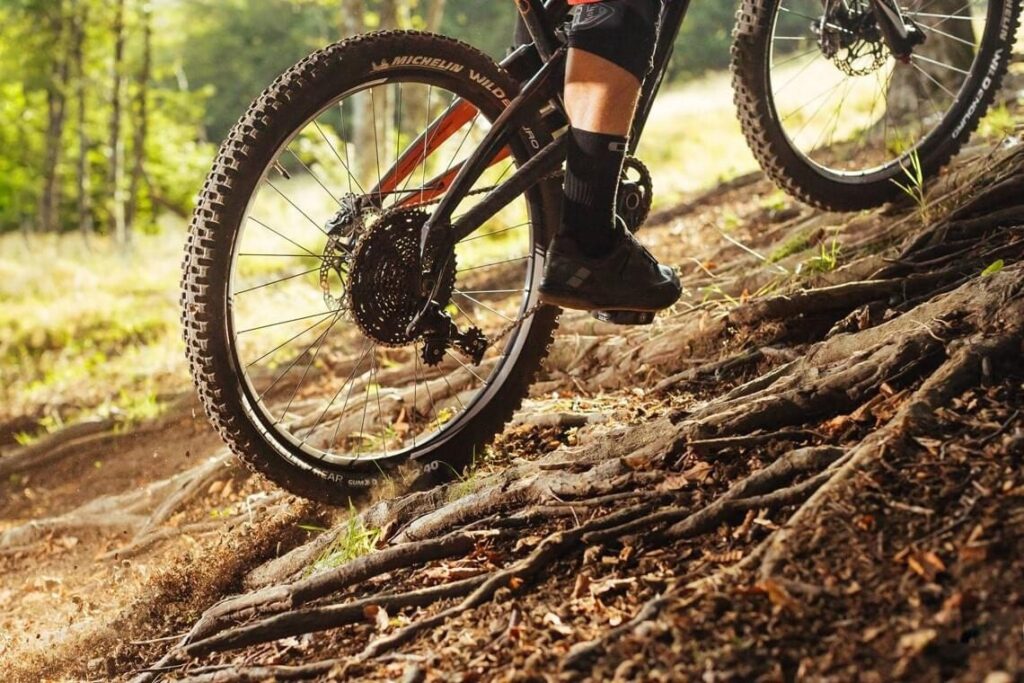
Key Point Summary of Drivetrain Options for Enduro Bikes:
- Drivetrain Options: Learn about the variety of drivetrain setups available for enduro bikes, from traditional double chainsets to the increasingly popular 1x systems.
- Gear Selection: Discover how to choose gears that match your riding style and the terrain you’re tackling, balancing between range and simplicity.
- Shifting Performance: Understand the importance of smooth and reliable shifting for enduro riding and how different drivetrain components influence this.
- Maintenance Insights: Get tips on maintaining your drivetrain for optimal performance and longevity, from regular cleaning to precise adjustments.
As a seasoned cyclist with a penchant for exploring the varied landscapes on mountain bikes, gravel grinders, and cyclocross machines, I’ve seen firsthand how pivotal the right drivetrain can be in elevating your ride. Whether you’re new to the scene or have been dabbling in enduro biking, understanding the nuances of drivetrains can significantly impact your cycling journey.
Let’s dive into the world of enduro bike drivetrains, where I’ll share insights from my racing and riding adventures, aiming to demystify gear selection, shifting performance, and more for those beginning or at an intermediate level.
Diving Deeper into Drivetrains
Enduro biking, with its unique blend of climbing and descending, demands a lot from both the rider and the bike, especially the drivetrain. My journey through various cycling disciplines has taught me that while all bikes share fundamental similarities, it’s the nuances that define your ride.
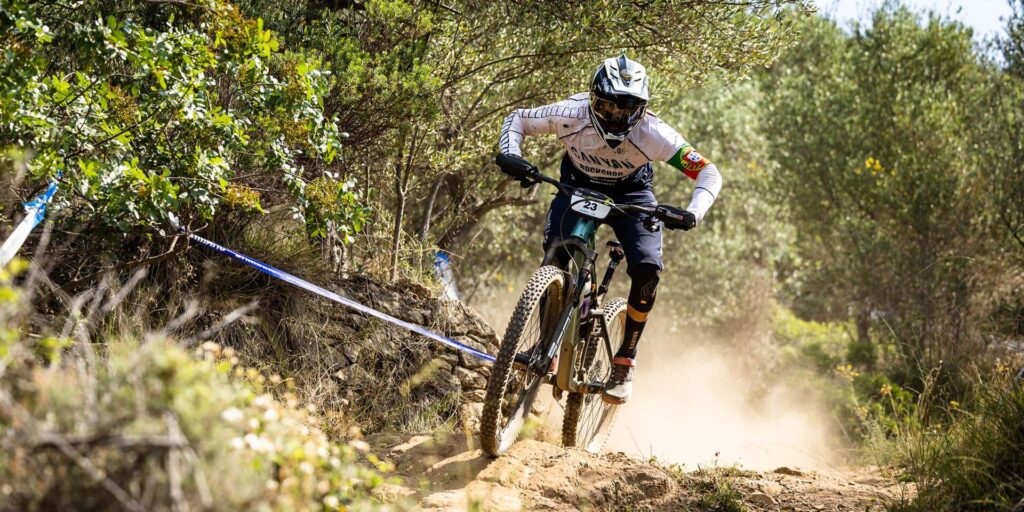
The Shift to Simplicity
I remember the days when having a double or even triple chainset was the norm for mountain bikes. More gears were synonymous with better options for tackling any incline or descent. However, my transition to enduro riding marked my shift toward the 1x drivetrain system.
The simplicity of a single front chainring, coupled with a wide-range cassette at the back, not only shed some weight off my bike but also made shifting decisions more straightforward. This setup, prevalent among modern enduro bikes, prioritizes ease of use and reliability—a boon during high-stress racing scenarios or when navigating technical trails where focus is paramount.
Gear Selection: A Personal Journey
Choosing the right gears felt daunting at first. I recall one of my early races where my gear selection was less than ideal, making steep climbs more challenging and leaving me spinning out on faster sections. This experience taught me the value of tailoring gear selection to the specific demands of the terrain and my riding style.
For beginners and mid-level riders, my advice is to start with a setup that offers a broad range of gears. Look for cassettes with a big spread, such as 10-50T or 10-52T, which provide the low gears needed for tough climbs and the high gears for everything else. It’s a balance that you’ll fine-tune with experience, much like I did over countless rides and races.
Shifting Performance: The Heart of the Ride
Smooth, reliable shifting is the heart of any good ride, and nowhere is this more critical than in enduro biking. The terrain’s variability means you’ll be shifting a lot, often under load. In my early days, I learned the hard way that not all drivetrains are created equal.
Investing in a high-quality shifter and derailleur pays dividends in performance and reliability. Whether it’s Shimano’s crispness or SRAM’s smooth actuation, choose a system that feels intuitive and responsive to you. And remember, the best gear is the one you don’t have to think about—it just works when you need it.

Maintenance: The Unsung Hero
Maintenance might not be as glamorous as nailing a technical descent, but it’s equally important. I’ve found a certain zen in the routine of cleaning my drivetrain, checking for wear, and making adjustments. A well-maintained drivetrain is more efficient, shifts better, and lasts longer. Regular cleaning, especially after muddy rides, and timely replacement of worn components have saved me from mid-ride mishaps and performance dips. For those starting, develop a maintenance routine early—it’s a habit that pays off in spades.
Drivetrain Options for Enduro Bikes: Wrapping Up
Embarking on your enduro biking journey with the right drivetrain setup can make a world of difference. From my adventures across different cycling disciplines, I’ve learned that while the perfect gear setup might vary from one rider to the next, the principles of simplicity, reliability, and maintenance stand firm.
The most reputable enduro bikes come equipped with top-tier drivetrains from leading manufacturers like SRAM and Shimano, offering a range of options to suit different preferences and budgets. Here’s a rundown of some highly regarded enduro bikes, celebrated for their drivetrain configurations and overall performance on the trails:
1. Specialized S-Works Enduro

- Drivetrain: Often equipped with SRAM’s top-of-the-line XX1 Eagle groupset or Shimano’s equivalent XTR, providing crisp shifting, wide gear ranges, and reliability.
- Highlights: The S-Works Enduro is known for its lightweight yet robust frame, exceptional suspension performance, and agility on technical trails.
2. Santa Cruz Megatower
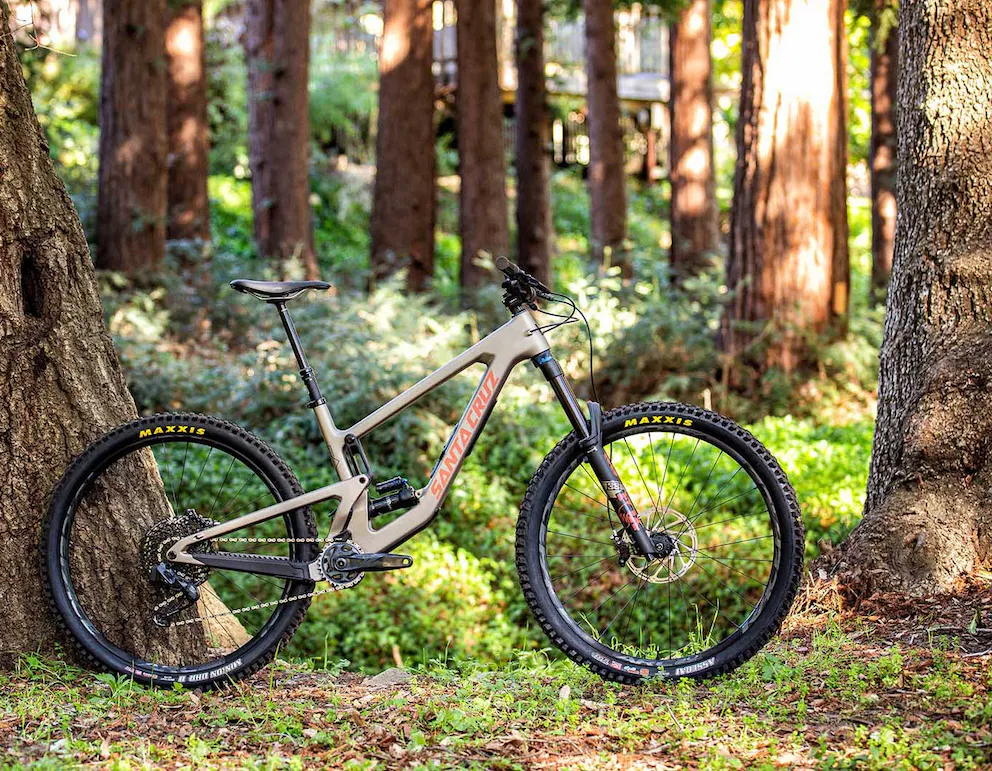
- Drivetrain: Available with various drivetrain options, including SRAM X01 Eagle and Shimano XT, both known for their performance and durability.
- Highlights: Features a high-quality carbon frame, excellent suspension setup for downhill confidence, and versatility across a wide range of terrains.
3. Yeti SB150

- Drivetrain: Typically equipped with SRAM X01 Eagle or Shimano XT components, offering a perfect blend of weight, durability, and shifting performance.
- Highlights: The SB150 stands out for its aggressive geometry, smooth suspension system, and carbon frame that can handle demanding trails.
4. Trek Slash

- Drivetrain: Options include SRAM X01 Eagle or Shimano XT/SLX mix, providing a range of gears suitable for steep climbs and fast descents.
- Highlights: Known for its robust frame, innovative suspension technology, and ability to excel in both climbing and descending.
5. Pivot Firebird

- Drivetrain: Equipped with high-end SRAM or Shimano options, including the SRAM X01 Eagle or Shimano XT, ensuring top-notch shifting performance.
- Highlights: Features a carbon frame designed for enduro racing, a plush yet efficient suspension setup, and a geometry that boosts rider confidence on tough trails.
Your drivetrain is your trusty companion, making each pedal stroke count. So, take the time to understand your needs, experiment with different setups, and always keep your drivetrain in top condition.
Happy trails!
John
FAQ
What drivetrain is best for mountain bike?
The best drivetrain for a mountain bike depends on the specific needs of the rider, but a 1x drivetrain with a wide-range cassette (e.g., 10-50T or 10-52T) is generally preferred for its simplicity, ease of use, and the wide range of gears it offers, making it suitable for varied terrain.
What travel do enduro bikes have?
Enduro bikes typically have suspension travel in the range of 150-170mm. This amount of travel is designed to handle both the demanding descents and the pedaling efficiency required for climbing.
What bike is best for enduro?
The best enduro bike is one that balances strong downhill performance with the ability to climb effectively. Models like the Specialized Enduro, Santa Cruz Megatower, and Yeti SB150 are often praised for their all-around capabilities in enduro riding.
Can enduro bikes go uphill?
Yes, enduro bikes can go uphill. While they are heavier and more focused on downhill performance, modern enduro bikes are designed to be capable climbers as well. Their geometry, suspension setup, and drivetrain options are optimized to offer a good balance between climbing efficiency and descending capability.


